Great Swiss train trips: Rigi
August 9, 2011, 5 Comments
Long before Switzerland had its famous mountain trains, there was one trip that was a must-do for any visitor – walk up Rigi (or if you’re Queen Victoria, get someone else to carry you up in a chair). So perhaps it’s not surprising that this 1797-metre peak near Lucerne was the first mountain in Europe to get its own train to the top. The line opened on 21 May 1871 and still runs on the same route today. It’s worth it just for the sense of history, not to mention the views.
The quickest and easiest way to the summit is from Arth-Goldau (with direct trains from Zurich, Zug and Lucerne) on the blue train that clambers up the back side of the mountain. But the most scenic route is from the other side. First catch one of the splendid old paddlesteamers from Lucerne and spend an hour gliding over the placid blue lake, enjoying the mountain scenery. Then hop off at Vitznau and switch to the little red train, the original Rigibahn – the blue one from Arth is four years its junior. This is where the fun starts, as the train chugs up behind the church, then seemingly through people’s back gardens. Don’t be surprised if it stops to let locals on and off; this is almost like their community bus and often the only way to reach their hillside houses other than on foot.
Once clear of the village, we climb on through the fir trees, with patches of blue lake flashing here and there into view. The higher we go, the better the views across to Bürgenstock and craggy Mt Pilatus. A couple of walkers get off at Grubisbalm, where a sign advertises an Eco-hotel: super views but really in the middle of nowhere; I guess at least you’d have a quiet night’s sleep. Ever upward we go to Kaltbad, which is where you arrive with the modern way up, the cable-car from Weggis. It’s the main stop, and not only has a post office but a road as well – and a huge building site, where a new spa is taking shape. A couple of hundred meters higher is Rigi Staffel, meeting point of the blue and red lines, and then the last gasp to the summit, Rigi Kulm.
Rigi itself will never win any beauty contests. It maybe the ‘Queen of the Mountains’ but it is less than majestic in terms of its own landscape, which is rather rocky and bare. But it more than makes up for that by being at the centre of the best scenery in central Switzerland, surrounded by lakes and with the whole Alps along the horizon. Best of all, it’s the only mountain train in Switzerland to be included in the annual travel pass, or GA (explained in this post), as well as the national day-passes, or Tageskarte in German. That makes it more affordable but more popular, so expect big crowds on sunny days.
My tips for this trip:
- Make an early start, especially in high season when the clouds and crowds gather quickly
- On the way up from Vitznau, sit on the left for the best views
- Walk up to the summit from Kulm station (five minutes) for the best panorama
- The Kulm restaurant is good, though not cheap; bring a picnic if money is an issue
- Go up via Vitznau and down via Arth-Goldau for the complete experience
- Children (6-16) travel free with an adult during July & August
- Trains run all year round, usually every half-hour
Want to know more? Then ask me or look at the official website. The Rigibahn is simply a great train ride, especially for anyone who likes history and geography combined. Even now that I have done all the other mountain train trips, this is still a favourite of mine.


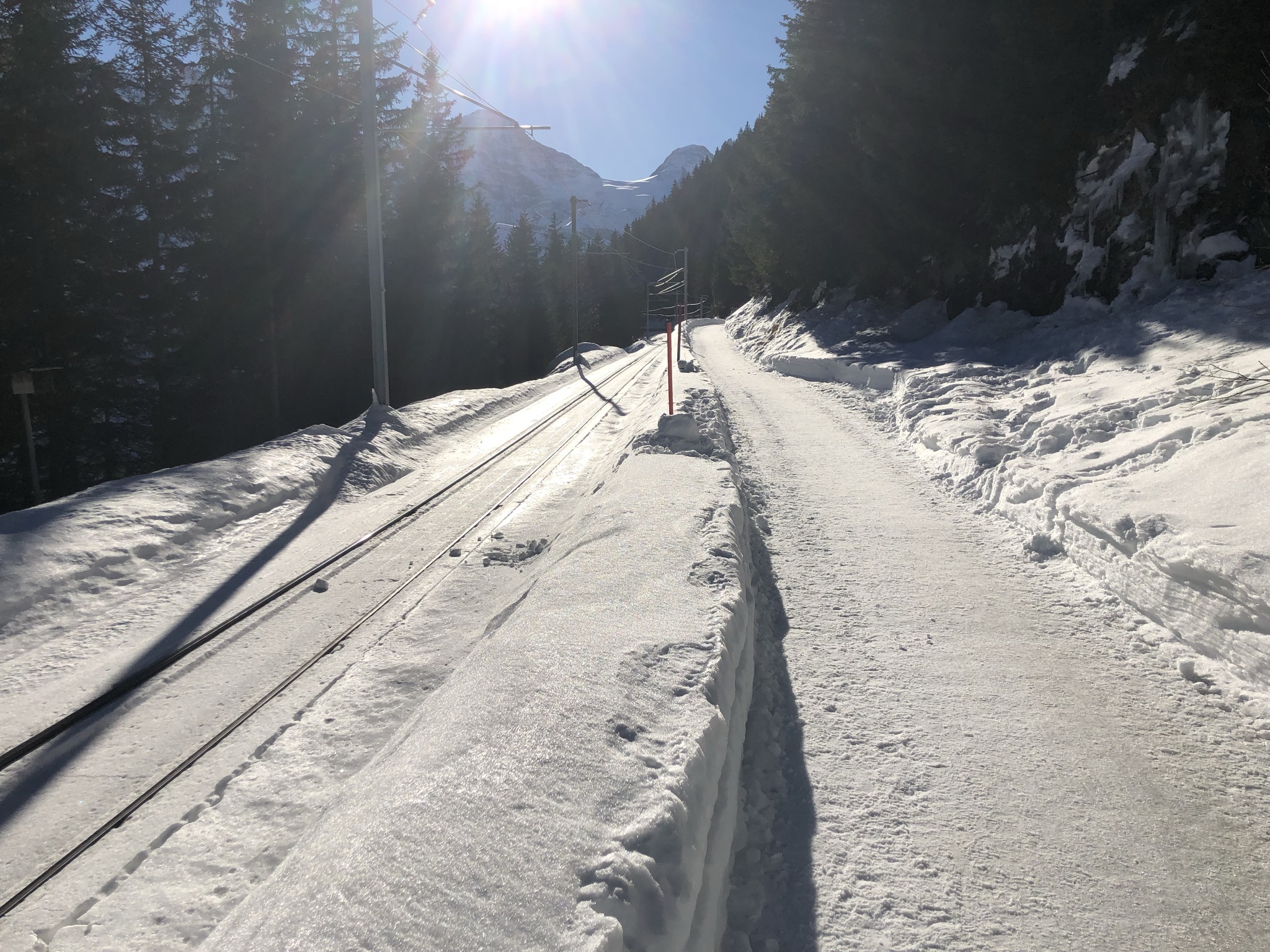
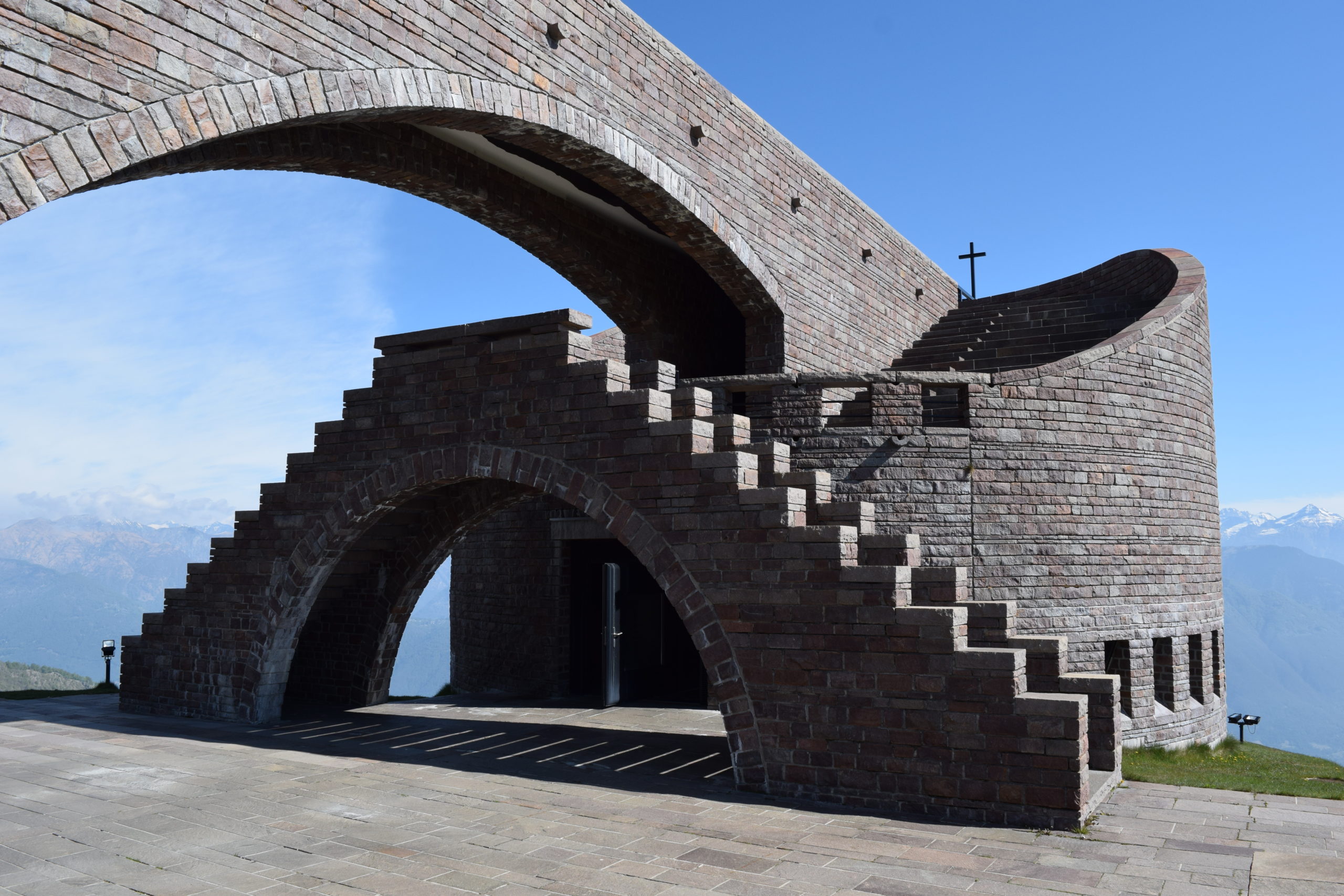
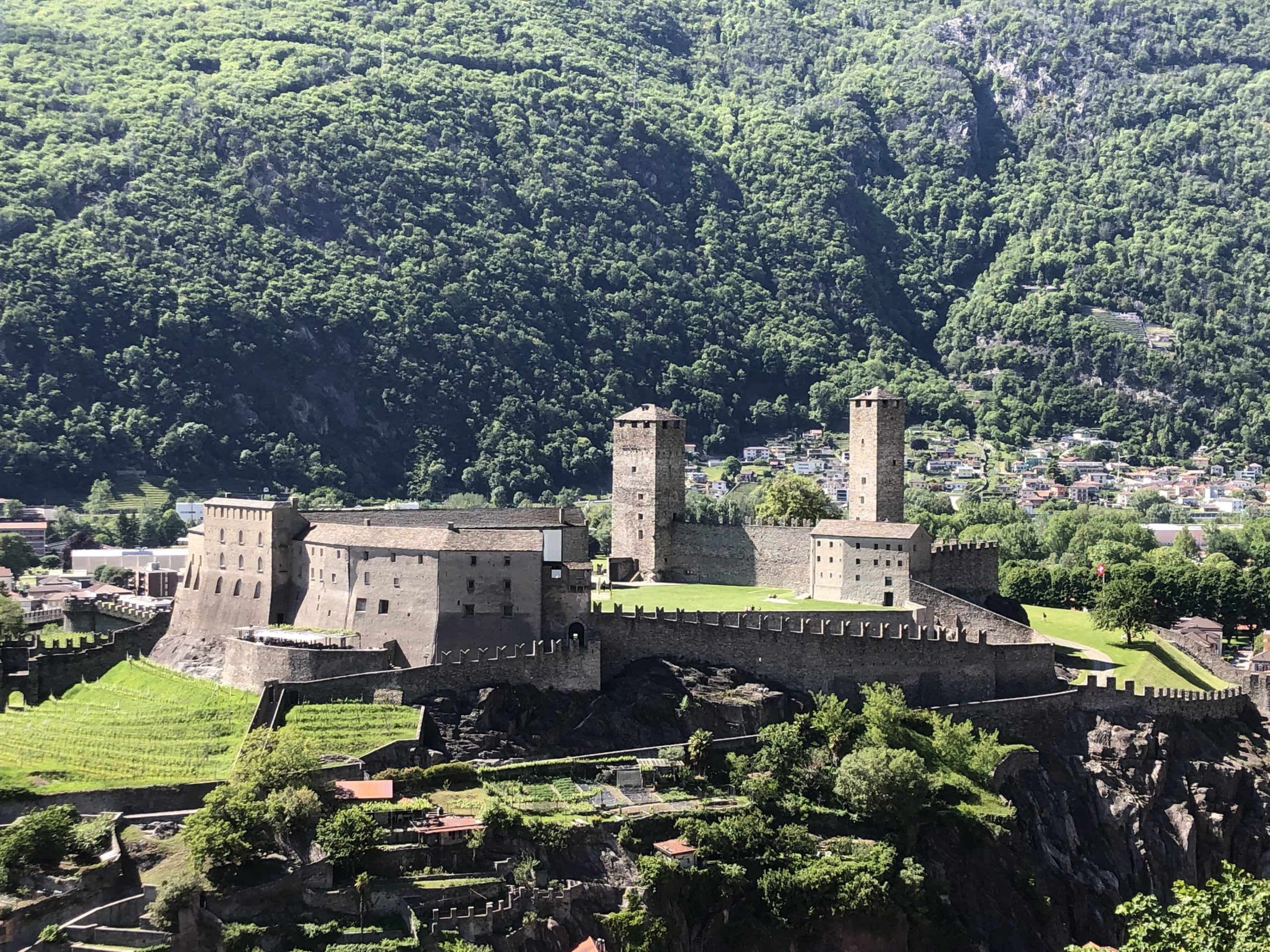
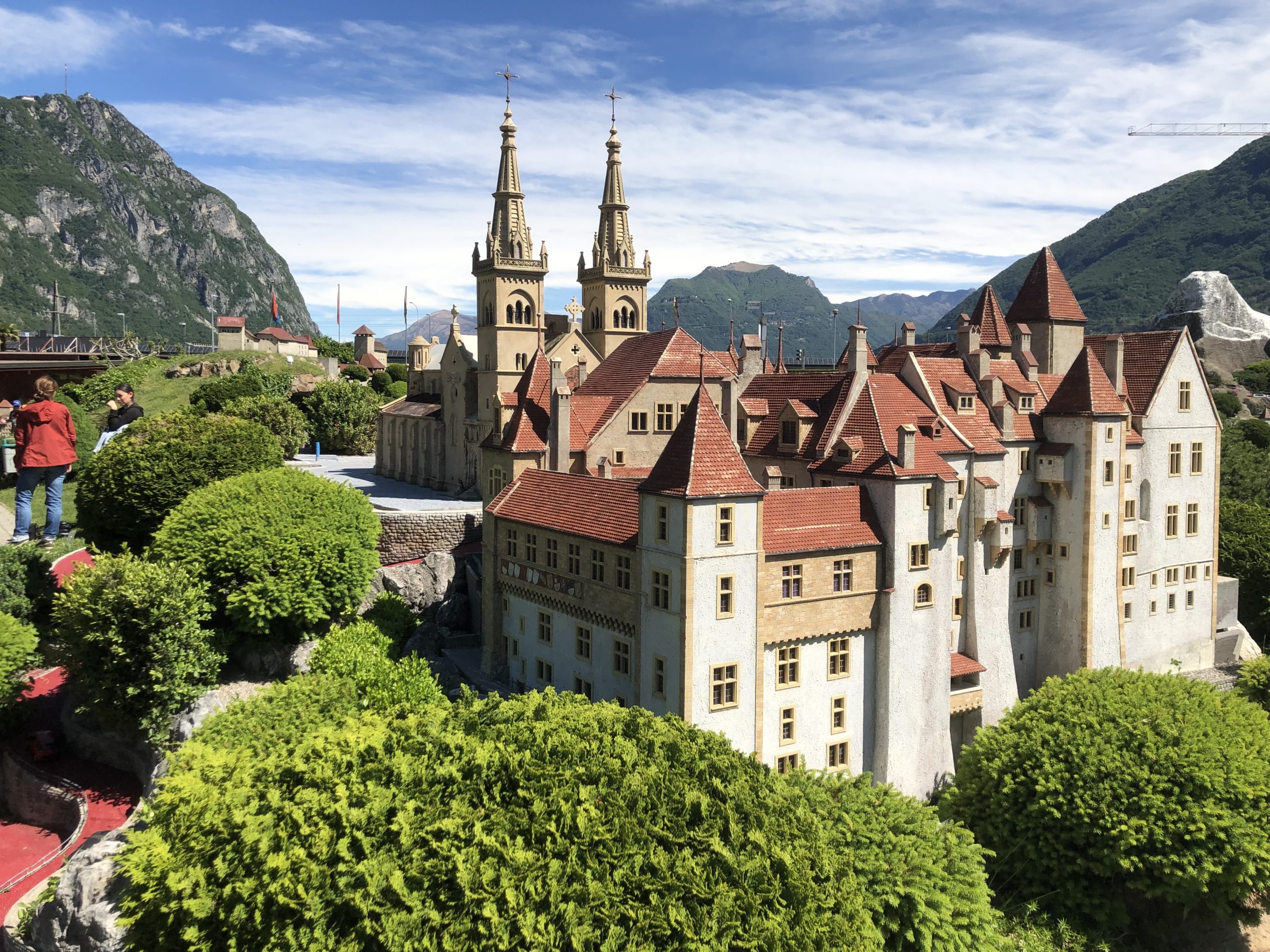
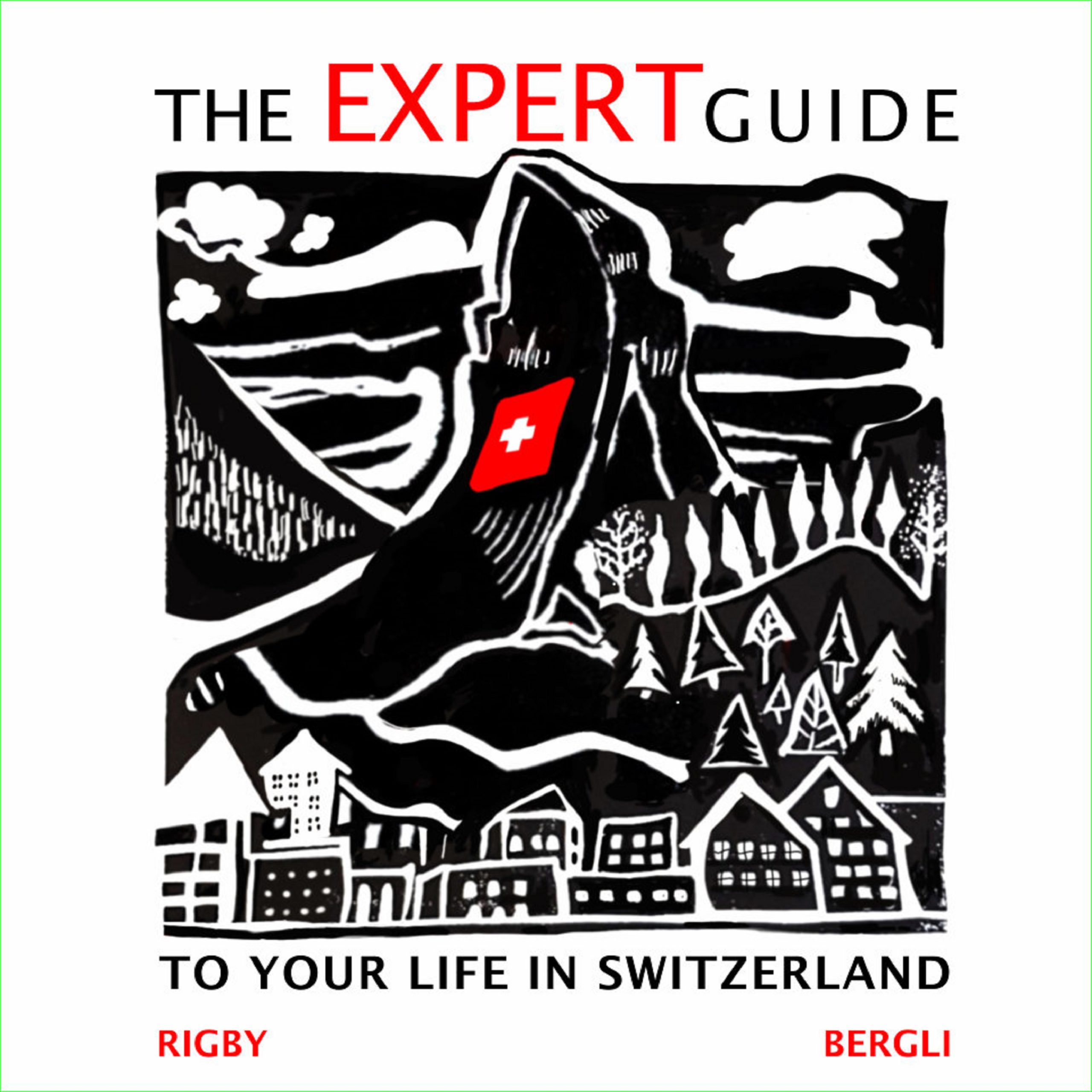
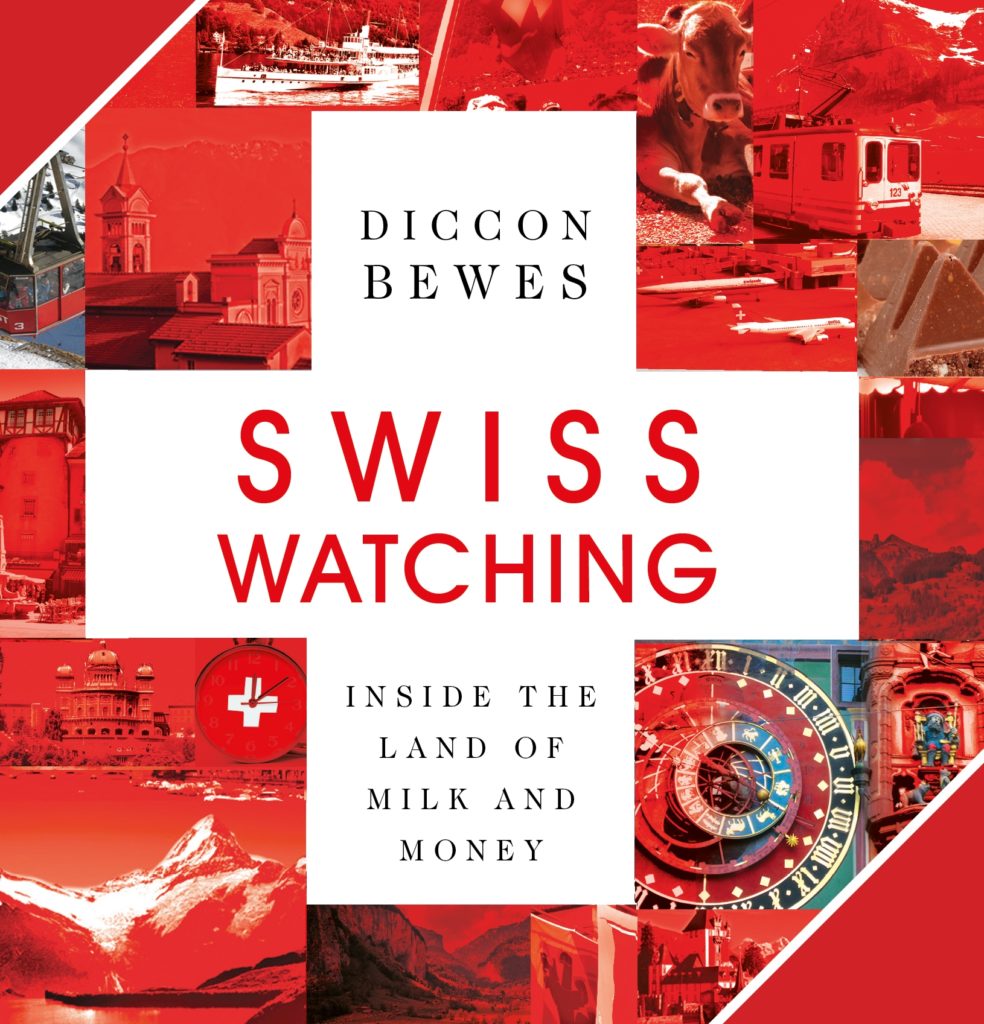
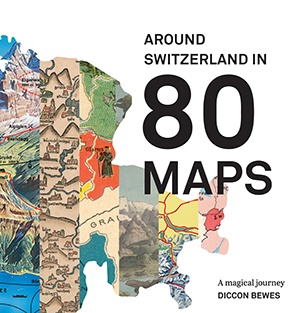

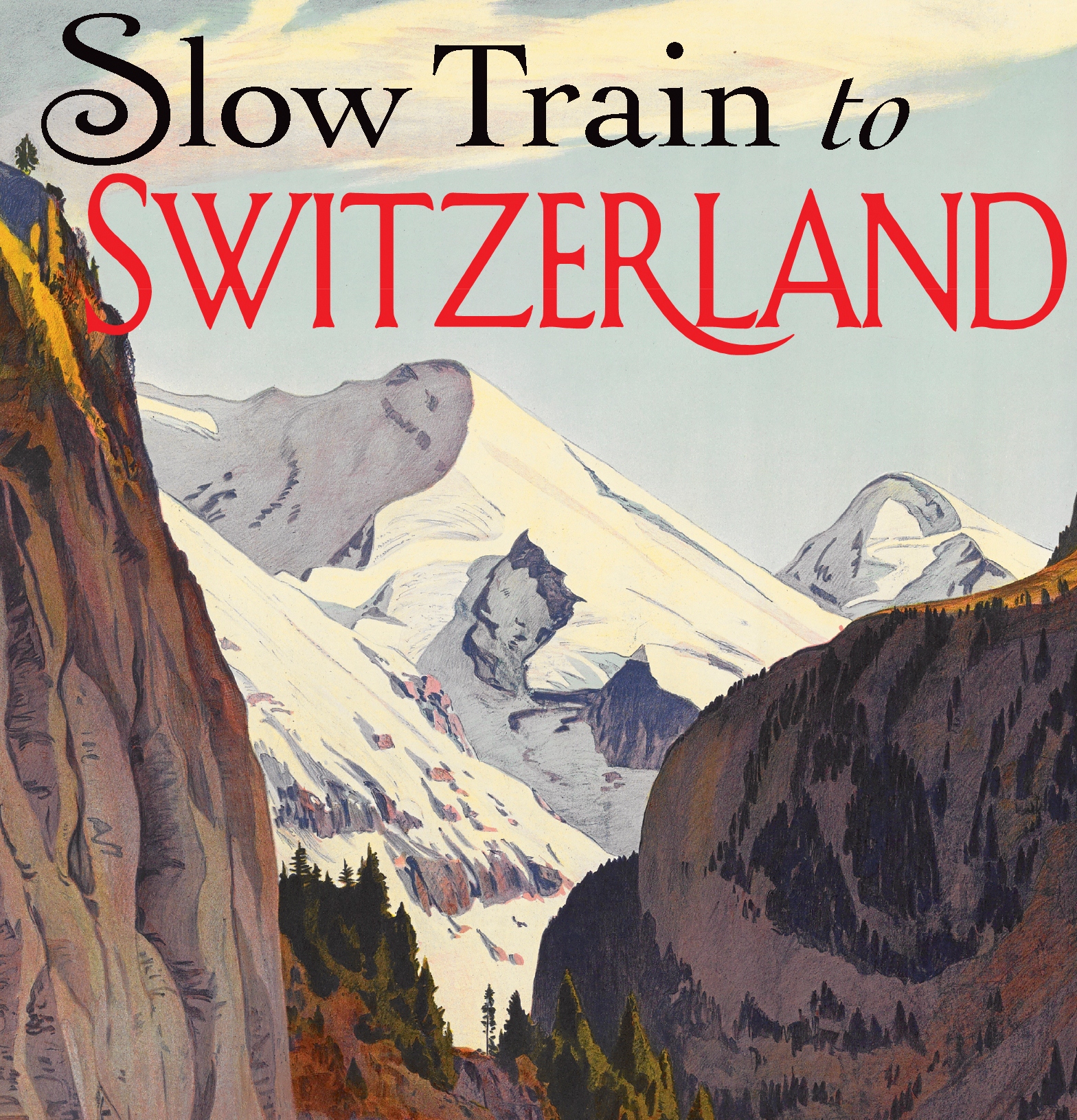

 Follow on Facebook
Follow on Facebook Follow on Twitter
Follow on Twitter Subscribe by RSS
Subscribe by RSS Contact me directly
Contact me directly Global Solutions Inc.
Global Solutions Inc.
5 Comments on "Great Swiss train trips: Rigi"
The Rigibahn may not be *quite* “the only mountain train in Switzerland to be included in the annual travel pass, or GA”, depending on the definition of “mountain train”… For example, GA and Tageskarte are valid if you go up to the village of Mürren (1650 m), either by cable car and connecting narrow-gauge railway from Lauterbrunnen, or all by cable car from Stechelberg via Gimmelwald (the cable car continues to Schilthorn, “Piz Gloria”, but is included in the GA only up to Mürren). They are also valid for several rail lines using rack-and-pinion to climb steep gradients, which probably many would see as a “mountain train”, e.g. the Brünigbahn from Luzern to Interlaken across Brünig Pass, or for the rack-less Rhaetian Railways’ Bernina line which climbs to an impressive altitude of 2253 m through a rocky mountain landscape. But if you define a mountain train as train that goes up a mountain where there’s not really a need for transportation other than tourism, then those may not fit the definition.
I really don’t think a cable car counts as a mountain train 🙂 or, for me, a train that just goes over a pass rather than up a mountain. Real mountain trains are like Niesen, Brienzer Rothorn, Gornergrat or Pilatus, none of which is included. Apparently the rule (except for Rigi) is that if there is permanent habitation, then it’s included in the GA. That’s why you can go as far as Wengen and Mürren with the GA but no further.
This is certainly due to the fact mountain trains are often private and have no fee agreement with national public transport, which is the case with Rothorn of Brienz, for example.
But there are other mountain trains included in GA or accepting 1/2 tariff concession card, such as Les Rochers-de-Nayes over Montreux.
Thanks for your blog by the way
Glad you like the blog. I’m sure you’re right about those trains all being private, but they’re mostly included in the national half-fare card scheme so they aren’t entirely separate.
Rochers-de-Naye is a lovely train trip, but unfortunately it’s not included in the GA. Like most other mountain trains, it offers half-price tickets to GA holders, and of course to half-fare cardholders (see this for details: http://www.goldenpass.ch/goldenpass_preise_gultigkeiten#). That’s not quite the same as being included as the Rigibahn is.
Trackbacks for this post